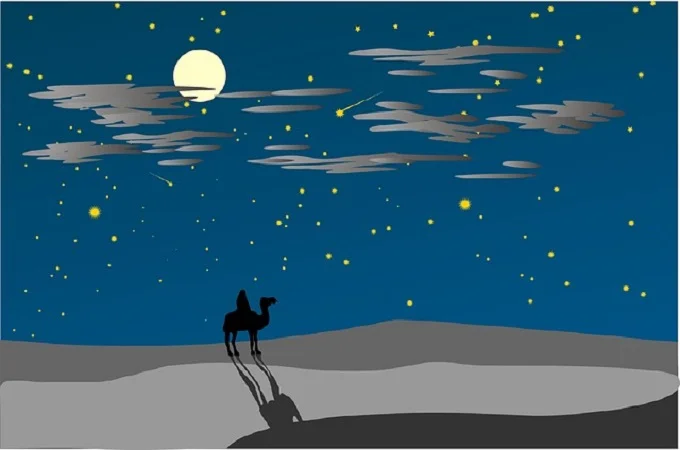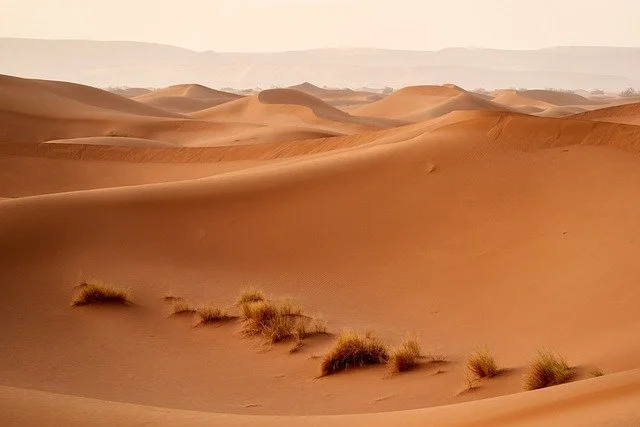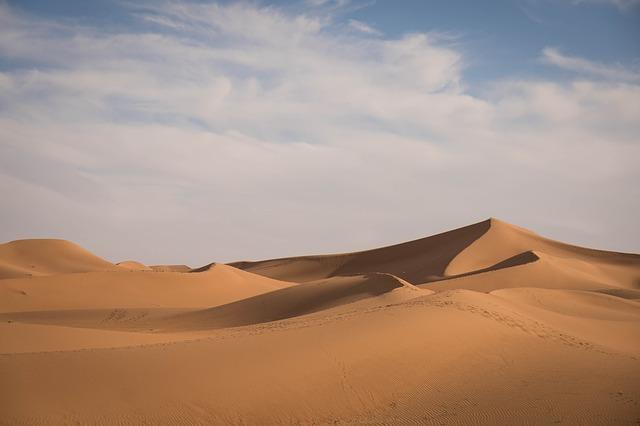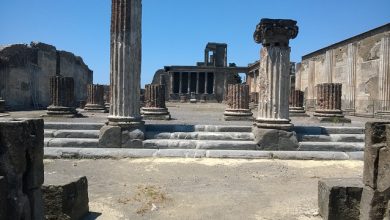Why is it cold in the deserts at night?

The heat produced by the sand cannot be held by the air in deserts due to a lack of moisture. Deserts see a severe decrease in temperature at night as a result of this.
While deserts are notorious for their oppressive heat during the day, many people are unaware that they can be rather cold at night! But why is this taking place?
The heat from the sand warms the air above it

Sand is a fascinating mineral to study. It is dry yet slippery, and since its particles are bigger than those of other kinds of soil, it does not absorb water well, to begin with. Sand does not absorb heat effectively, which is why the deserts may become quite hot throughout the day.
Desert sand does not absorb heat when heated by the sun. Instead, it serves as a mirror, reflecting heat into the air above the earth. Other kinds of terrain (forests, beaches, plains, and mountains, for example) are not as hot as deserts because, unlike deserts, they do not radiate all of their heat into the air above their surface.
Now that you know how scorching the deserts are during the day, how about the coolness at night?
Humidity and desert air
Water, as you may know, is excellent at capturing and holding heat. When the sun warms up the soil in regular terrain, it absorbs a lot of heat. The heat emitted from the ground is retained by the moisture in the air above the earth during the night, when there is no sun in the sky.
Everything, however, is different in the deserts. Because the air above the earth is not humid, the air above the earth cannot keep the heat as the sun sets and the earth loses heat due to radiation. This is why heat is lost so fast at night, resulting in a significant reduction in temperature.
Furthermore, deserts have little cloud cover, making it even more difficult to stay warm above ground. The heat has left the earth, leaving an unforgiving cold behind.
Not all deserts get cold at night
Deserts are cooled at night by humidity, clouds, and even wind, although not all deserts lack moisture, contrary to common assumptions.
Kuwait and the United Arab Emirates are more humid than other deserts (for example, some parts of the Sahara Desert). As a result, it doesn’t become as cold here at night because the damp air traps some of the heat generated by the soil.
Not all deserts are scorching hot

What comes to mind when you hear the term “desert” is usually an unending expanse of land covered in sand, but what if we told you that a desert might be coated in ice? There are arctic deserts as well!
The desert is defined by a small quantity of rain or other kinds of precipitation (such as snow). Antarctica, which is covered in ice and has a minimum temperature of -75 degrees Celsius, is classified as a desert under this criteria. It is one of the world’s biggest and driest deserts, with very little snow and rain throughout the year. The Dry Valleys are often regarded as the driest region on the planet.




